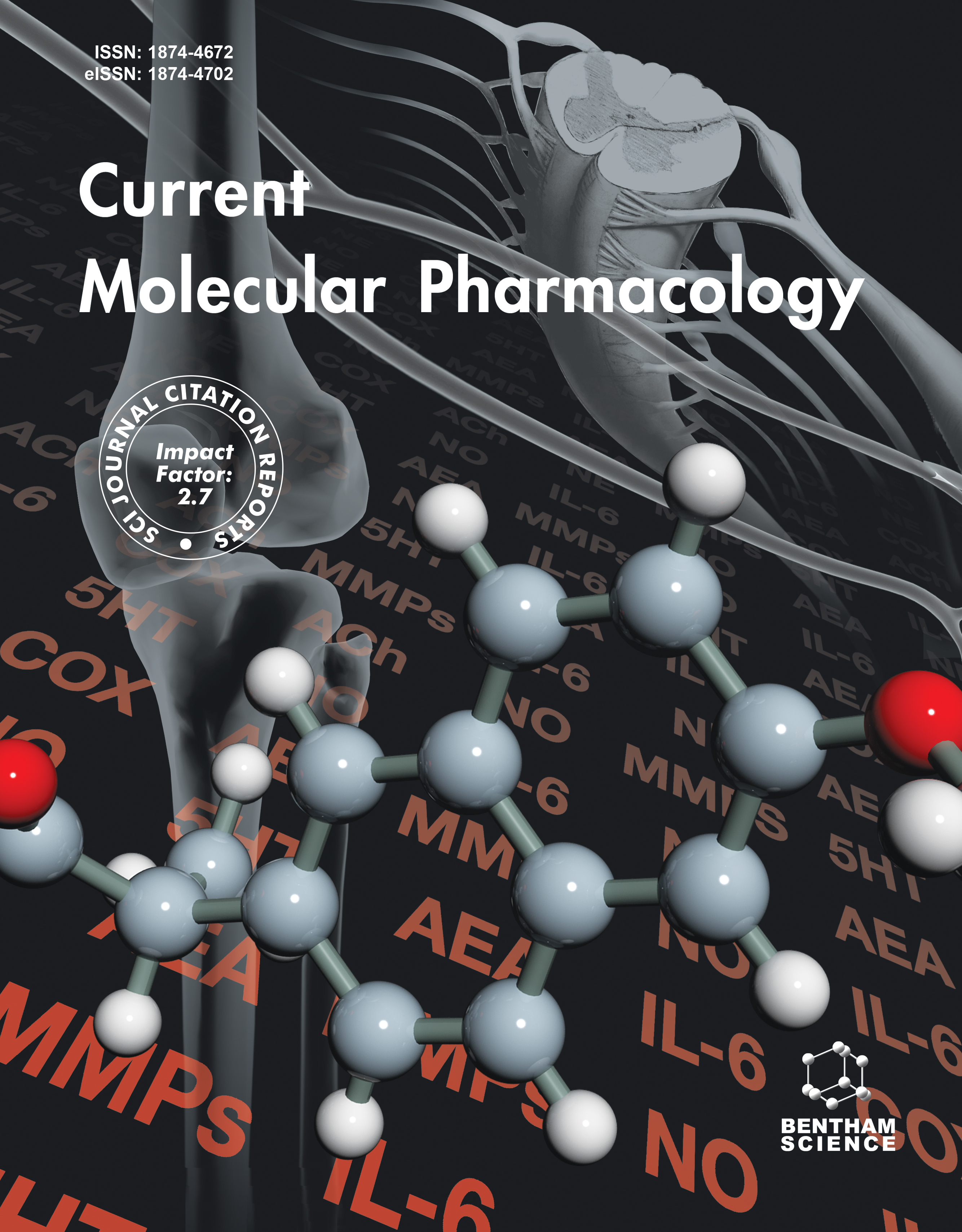-
oa Physalin B Reduces Tau Phosphorylation and Cell Apoptosis in HEK293 Cells by Activating FoxO1
- Source: Current Molecular Pharmacology, Volume 17, Issue 1, Jan 2024, e210723218991
-
- 01 Mar 2023
- 22 Jun 2023
- 24 Aug 2023
Abstract
Physalin B (PB) is one of the main active compounds of Solanaceae plants, with a wide range of biological activities. PB reportedly has the potential to treat Alzheimer’s disease (AD).
In this study, we investigated the effect of PB on Tau phosphorylation and cell apoptosis using Tau-expressing HEK293 cells (HEK293/Tau) as a cellular model.
The optimum concentration of PB to treat HEK293/Tau cells was determined using the CCK-8 assay. Additionally, the expression of FoxO1, Tau-5, p-Tau (T231, S262, and S404), ERK, p-ERK, GSK-3β, and p-GSK-3β was detected using western blotting to determine the effect of PB on Tau phosphorylation. The apoptosis rate was detected using flow cytometry, and the expression of Bax and Bcl-2 was detected using western blotting and verified using real-time quantitative polymerase chain reaction (RT-qPCR). Moreover, cells were transfected with FoxO1 siRNA to downregulate FoxO1 expression, and the expression of the above-mentioned proteins was detected to verify the effect of PB on Tau phosphorylation and cell apoptosis.
After 24 h of PB treatment, the phosphorylation levels of Tau at S404, S262, and T231 sites decreased significantly, and the activities of GSK-3β and ERK were inhibited. PB also reduced cell apoptosis by reducing the expression of Bax and increasing the expression of Bcl-2. In addition, PB decreased Tau phosphorylation and cell apoptosis by upregulating FoxO1.
The natural compound PB exhibited a protective effect in the AD cell model by increasing FoxO1 expression and reducing Tau phosphorylation and cell apoptosis.


